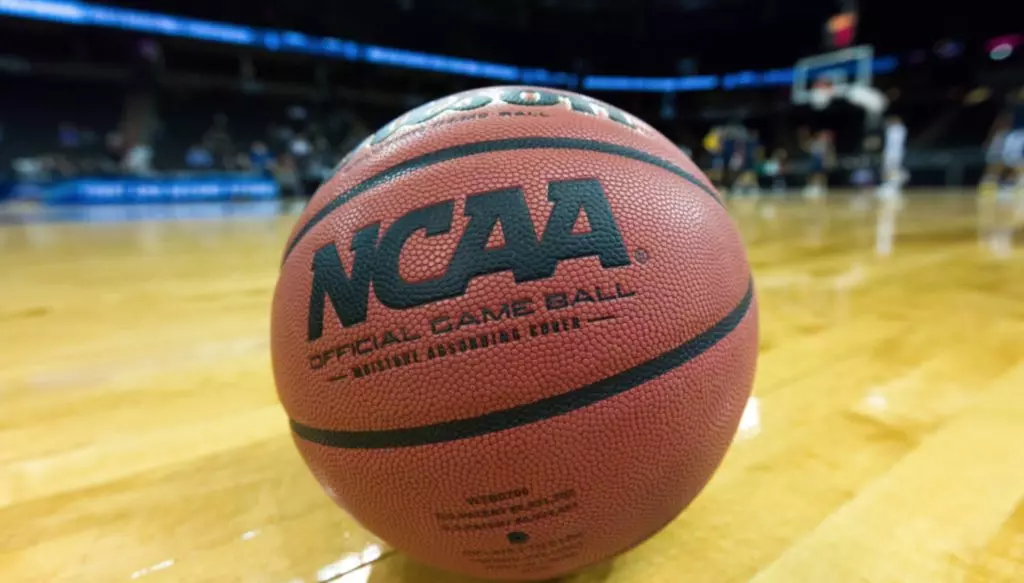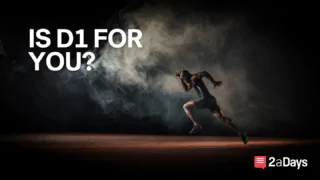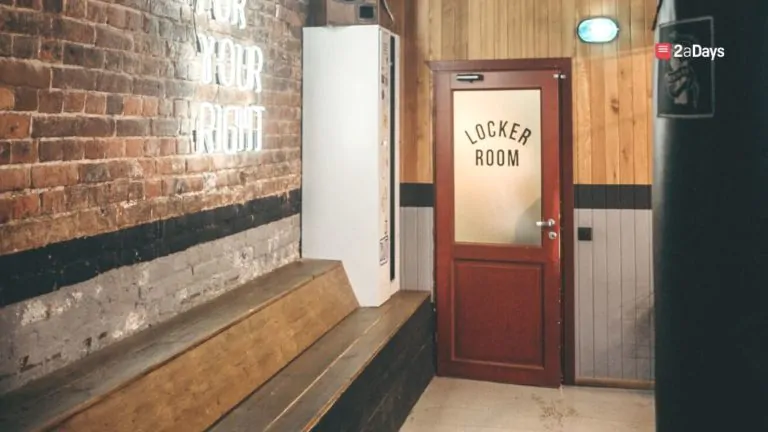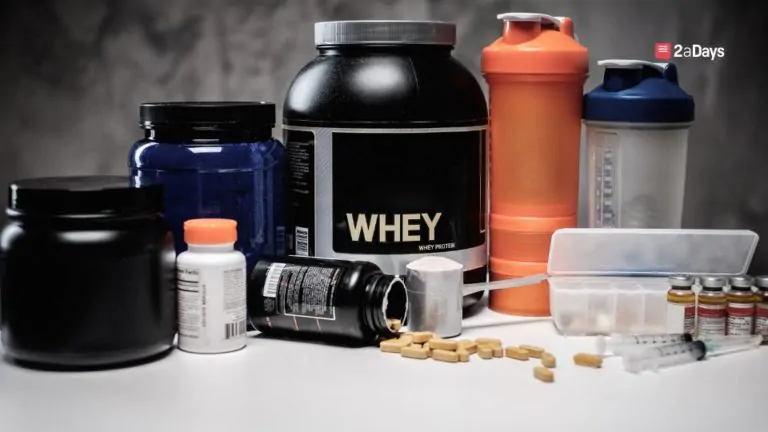The following rule changes were approved by the NCAA Men's Basketball Rules Committee and the Playing Rules Oversight Panel. According to the NCAA, the changes will be incorporated into the rule book for both the 2017-18 and 2018-19 seasons. Many of the rule changes are subtle and will go unnoticed since they don't want to change how the game is being played. That being said, these rule changes are essential to the game and will have an impact even though it might not be noticeable to most people.
For the next two seasons, NCAA Men's Basketball will change the Court Diagram Rule. This rule will prohibit commercial advertising inside the 6-foot restraining area at each end line. This will keep a clean look on the floor and any institution that is contractually bound as of June 13, 2017, will provide commercial advertising in the 6-foot restraining area until the expiration or termination of the institution's contract.
One rule change that will be somewhat noticeable to fans is rule 1-9.1. This rule change will extend the coaching box from 28 feet to 38 feet toward the division line. The NCAA claims that this will give the head coach more space to coach their team, especially when a play is on the opposite end of the court. This will also increase the emphasis on penalizing a coach who illegally leaves the coaching box. While it may not be much different for people watching the game, it will be very different for players. Players better make sure to get back on defense and play as hard as they can, because if they don't the coaches have an extra 10 feet to storm up the sideline and discipline their team.
Rule 2-11.6 states that when a foul is committed by the defense and the ball is to be inbounded in the frontcourt, the shot clock shall be reset to 20 seconds, or the time remaining on the shot clock, whichever is greater. According to the NCAA, this will increase the number of team possessions and improve the flow of the game.
Rules 3-6.3.f and 8-3.3 have been changed to allow only the injured player's substitute to shoot free throws when the injured player is unable to do so as the result of a flagrant foul or the player is bleeding from injury. The NCAA did this to correct the inconsistency in who shall shoot free throws for a bleeding player. In the past, there has been confusion with this type of situation.
Rule 4-34.1 was changed to add a requirement that the screener must be inbounds while setting a screen. This will correct an omission of a current rule that fails to require a screener to be inbounds. This rule will help clarify that the game of basketball needs to be played inbounds besides certain circumstances like jumping out of bounds trying to save the ball. The game is meant to be played inside of the lines. Rule 4-34.2a has also been changed to amend the definition of a legal screener by requiring that the inside of the screener's feet be no wider than the screener's shoulder width. According to the NCAA, this will clarify the rule and make it consistent with the current coaching practices and enforcement. Today in the NBA, we see a lot of screens that are debatable and could be called illegal.
Rule 5-10.2 now states that no less than .3 seconds must expire on the game clock when the ball is legally touched inbounds, and the official immediately signals to stop the clock. The NCAA did this to create a minimum standard for timing purposed when the ball has been legally touched. This will help clarify how much time is taken off the clock if a team calls a timeout right when they inbound the ball or if someone is intentionally fouled.
Rule 7-4 has been changed to designate consistent throw in spots for all fouls and violations by the defense in the frontcourt. The spots shall be either the 28-foot mark or the end line 3 feet outside the line depending on where the foul or violation occurred. All deflections shall be put in play at the point where the ball went out of bounds. The NCAA states that this will create consistency in the throw-in rule that we haven't seen in the past. Another rule that has been changed regarding throw-ins from out of bounds is Rule 7-6.9 allowing an official to move a defender away from the boundary line where there is insufficient space for a throw-in to codify their existing practice. If a defensive player is crowding the player throwing the ball in the official now has the ability to move them back, so they can have the ability to make the throw-in.
Rule 9-12.4 now permits either an offensive or defensive player to be the first to touch the ball in the backcourt when it has been deflected by the defense into the backcourt regardless of who was the last team to touch the ball before it went into the backcourt. This will correct unfairness in the past backcourt rule. Before, if a defensive player hit the ball into the backcourt, the offensive player wasn't allowed to touch it giving the defensive player the advantage to get to the ball with ease, and in most situations get easy fast break points.
Rule 11-2.1.e was changed to permit instant replay reviews on certain Restricted Area Arc plays in the last two minutes of the second period and the last two minutes of all overtimes. According to the NCAA, this will enhance the chances of correctly adjudicating game-deciding Restricted Area Arc plays near the end of the game. Rule 11-2.1.d now permits instant replay review to determine if a foul occurred prior to a shot-clock violation. This will enhance the chances of correctly adjudicating a difficult play. These instant replay rules are essential, especially at the end of games to figuring out the right call that could have an impact on the outcome of the game.
Infomation from the NCAA.com
* Originally published on March 7, 2018, by Klayton Kelly







